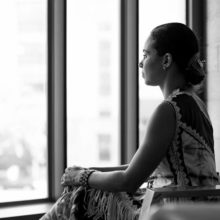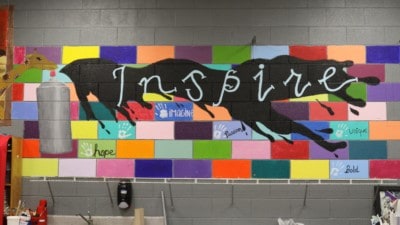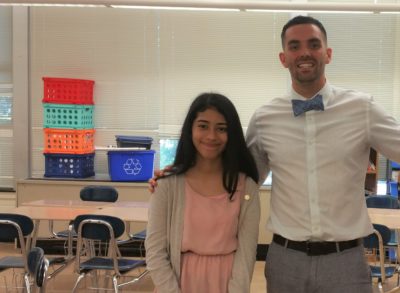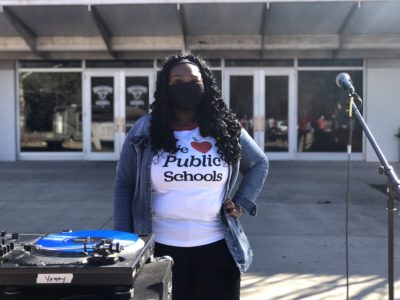As you may know, Robeson County, the Land of the Lumbee and Tuscarora Peoples, has one of the largest populations of American Indians east of the Mississippi River. The majority of students and teachers in the district are Native American. As an Indigenous child, I spent most of my childhood at home, or with my extended family in the swamps of rural southeastern North Carolina.
I have always loved school and learning, and when I was in fourth grade, I entered the Academically Gifted (AG) program at Union Chapel Elementary School under the instruction of Mrs. Wanda Aguirre. She was such a joy to have as a teacher, and even more special to me as an instructor of AG.
I already felt a high level of prestige because I qualified for a more rigorous and challenging program, so naturally I held Mrs. Aquirre up on a nice, sturdy pedestal as the instructor of our elite group. Not once did she let us down during the three years that she taught us.
Fast forward to my transition to seventh and eighth grade as a student at Pembroke Middle School — who would be my next AG teacher, and would she be as sweet and cool as Mrs. Aquirre? Enter Mrs. Bonnie Parker.
It’s important to note that both Mrs. Aquirre and Mrs. Parker were white and teaching in a predominantly Native American school system. My peers and I placed our trepidations aside and embraced a respectful, beautiful, and loving relationship with Mrs. Parker. She was firm, had a low tolerance for horsing around in-between classwork, and expected only the best from each of us.
We would often gather in one large circle to do our lessons — reading aloud, classroom discussions, worksheets, etc. In our culture, the circle represents an infinite continuum of receiving whatever you put into something (i.e. school, community, life).
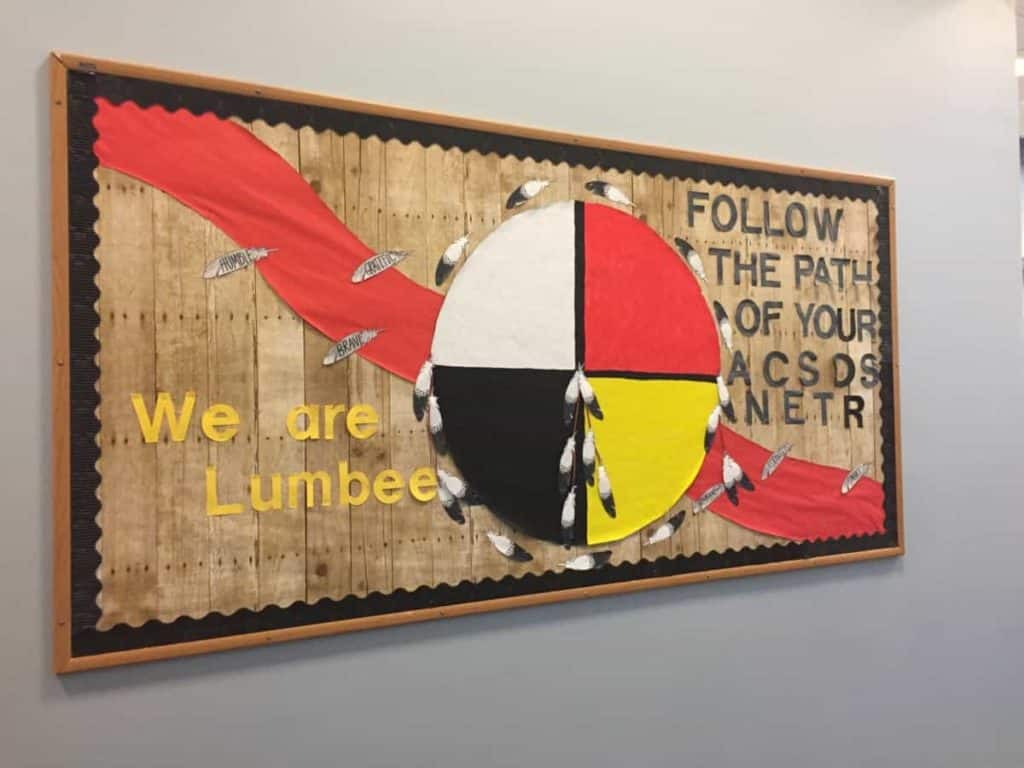

I believe that Mrs. Parker’s decision to place us in a circle helped us to foster an environment for more intimate learning, a more intimate dynamic with her as an instructor, and ultimately had an impact on the relationships that we all developed as friends over the years to follow. I would encourage all educators to model this example to access the inherent benefits of gathering in a circle.
When we had free time, Mrs. Parker gave us the option to read, complete coursework from other classes, or to use the main computer that was tucked away in a small, isolated room toward the front entrance of the classroom.
I always chose to utilize the computer, especially after stumbling upon a computer program that would change the way I viewed live instrumentation and gave me access to the sounds of instruments from all over the world.
The inner artist/singer/songwriter/musician in me knew no limits once I discovered the World Music software on the PC. With the click of a few buttons, not only could I play the timbales of Cuba, or the congas of Africa, but I also learned to track and record my voice, capturing the essence of my spirit at that moment in time.
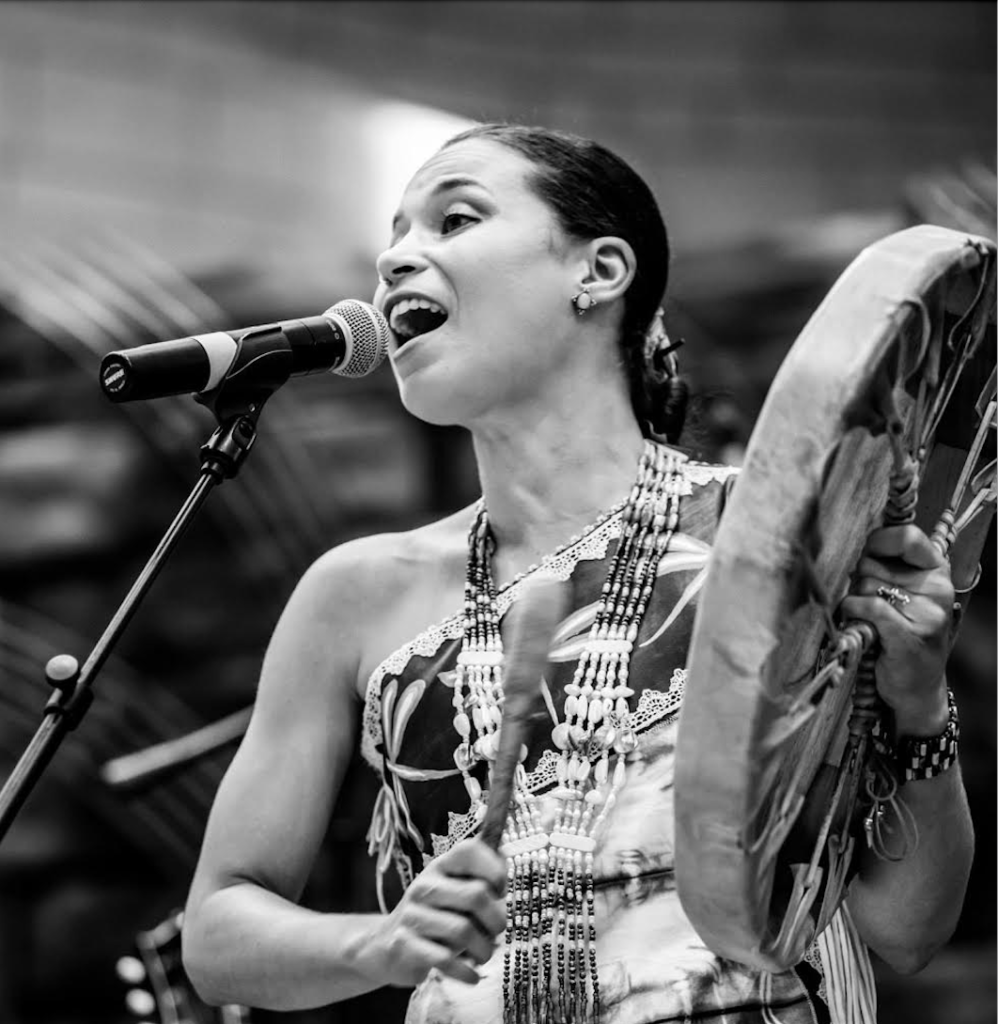

Eventually, three of my closest friends would join me in that tiny room to explore and share their musical ideas while Mrs. Parker patiently listened to and encouraged four giggling teens to foster their identities through the use of technology.
I will forever be grateful to Mrs. Parker for allowing us to have those times during class. Her decision to allow us access to the software not only gave me exposure to a plethora of musical styles and instruments from all over the world, but my imagination and inner world traveler were soothed upon finding an outlet for learning about the cultures and identities of people in distant and faraway lands.
There’s no doubt in my mind that the time spent with Mrs. Parker helped to mold me into the artist that I am today. Incorporating the arts into our daily instruction inside North Carolina classrooms is an approach that all educators should consider, no matter the subject, if you don’t do so already.
Personally speaking, music was my vehicle for learning multiplication tables, state capitals, and the periodic table. I often use songs to recall important dates in history (battles, movements, trivia, etc.). From an Indigenous perspective, it may be wise to utilize the arts as a medium for crossing educational and language barriers in areas where you are educating students from familial backgrounds that aren’t so heavily steeped in Western tradition.
Children who aren’t raised according to European standards have the double duty of learning how to hold onto their own traditions while being indoctrinated with the North Carolina Standard Course of Study. My tradition calls this the ability to walk in two worlds and it’s something that we always have to have a handle on.
Here’s to Mrs. Parker and her open-mindedness, her loving, stern way of educating the best and the brightest, and to World Music for serving as a one of the main catalysts to my lifelong pursuit of a career as a professional musician.
